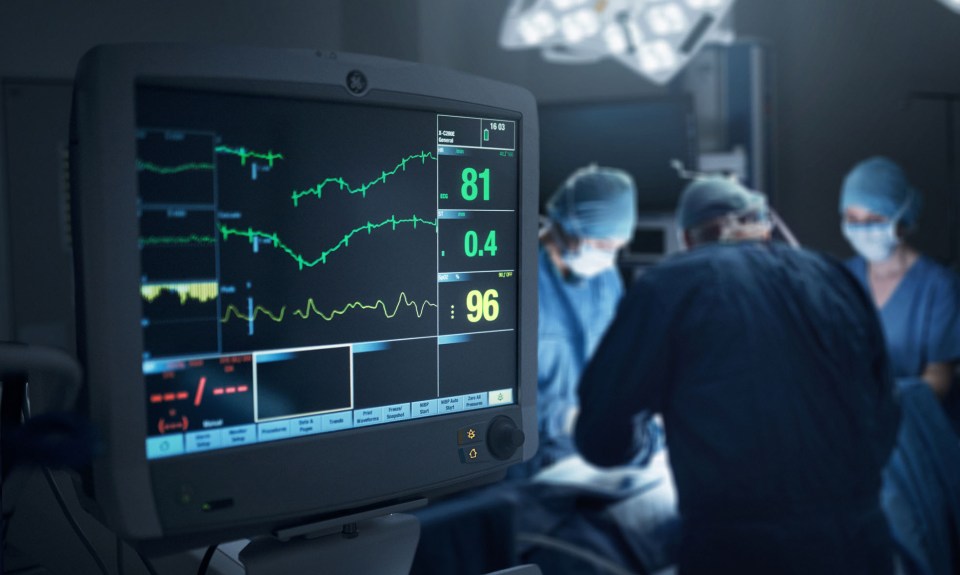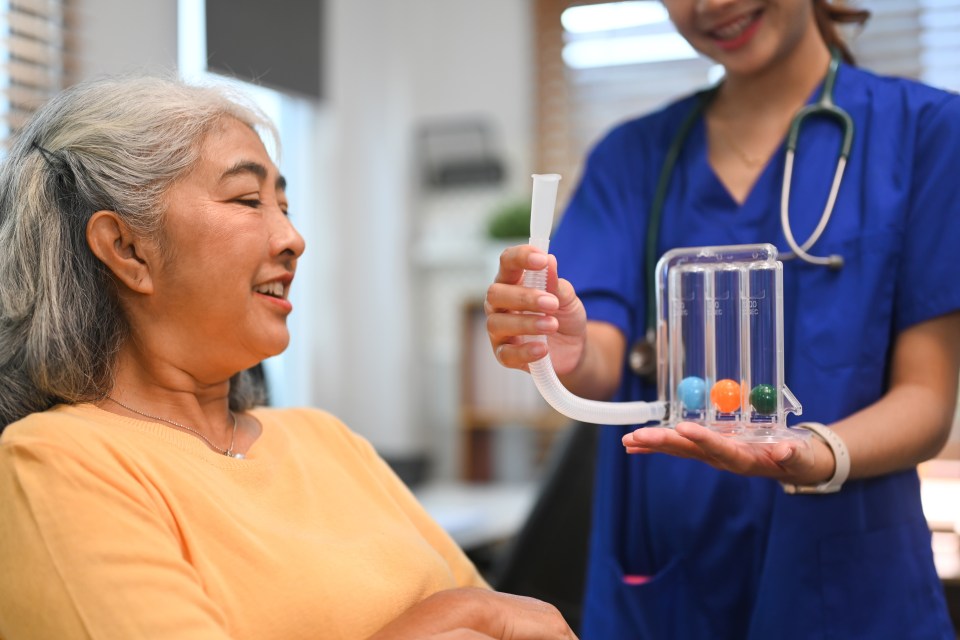Heart surgery is a method to treat a variety of heart diseases, including heart failure, valve problems, arrhythmia, coronary artery disease (CAD) and other cardiovascular disorders. According to the Centers for Disease Control and Prevention, CAD is the most common type of heart disease in the United States. Recovering from heart surgery is different for everyone and undergoing this procedure could be precarious. There are things you can do to prepare for heart surgery and to understand what to expect afterwards.
How to Prepare for Heart Surgery
Guidance will be given from your healthcare provider to prepare you for your procedure. This could include information on:
Medications: The doctor could discontinue blood thinners that prevent blood clots, such as Warfarin, Eliquis, Plavix, Aspirin and non-steroidal anti-inflammatory drugs (NSAIDS) to reduce the risk of bleeding during surgery.
Lifestyle: The following lifestyle habits need to be put in place in preparation for heart surgery to aid in healing and reduce the risk of complications:
- Reduce alcohol intake
- Quit smoking
- Consider preoperative rehabilitation under clinical supervision from a trained physical therapist
Preparing for the procedure: For the surgical team to better plan for the procedure, you may expect the following:
- Diagnostic tests such as chest X-ray, electrocardiogram (EKG) or urinalysis
- An intravenous (IV) line to deliver medications
- Shower with antibacterial soap before the surgery
- Fasting is advised before the surgery to prevent nausea and the risk of getting food or drink into the lungs. Anesthesia also works better on an empty stomach.
What Happens During Heart Surgery?
For conditions such as atrial fibrillation, septal defects (hole in the heart), heart failure, CAD, valve diseases and an aortic aneurysm, open-heart surgery may be advised if you are deemed medically stable enough to tolerate it.
Heart surgeries are complex procedures and may take six hours or longer. You will be given general anesthesia and will be asleep during the procedure. A 6- to 8-inch cut is made through the breastbone (sternum) and ribs are widened to access the heart. During the repair, the heart may or may not be connected to the heart-lung machine. After the repair, the sternum is closed using wires and the skin is sutured.
Alternatively, a less invasive surgery may be performed involving a smaller incision, which may or may not go through the breastbone. For example, the entry may be between the ribs on the right side of the chest. There are three different approaches:
- Catheter-based: A thin hollow tube is inserted into the heart through which a balloon or a stent may be threaded to replace a valve or perform angioplasty.
- Video-assisted thoracic surgery: A video camera guides the surgeon and his surgical instruments through multiple small incisions on the chest to repair valves or put in a pacemaker.
- Robotic-assisted technology: This could be used for repairs including, but not limited to, septal defects, cardiac tumors and valve diseases.
What to Expect Directly after Heart Surgery
You may remain in the intensive care unit (ICU) under round-the-clock medical supervision for a day or two. Once stabilized, you will be moved to a regular room. You will also be given certain medications, such as blood thinners to prevent blood clots and pain medications to help manage post-operative pain.
Recovering from Heart surgery and Side Effects
Recovery depends on the extent and type of the procedure, complications, overall health and functional level prior to the operation. Six to 12 weeks is the average length of recovery time, but it could be longer for some. Depending on the severity of the procedure, driving is not allowed for four to six weeks after surgery. Rely on public transportation or caregivers to get you around in the meantime.
The following are some of the symptoms you might experience after heart surgery:
Loss of appetite: Losing appetite or feeling too exhausted to eat is common, so consider eating frequent small meals rich in protein (egg, dairy, nuts, beans, fish) and low in fat, cholesterol and sodium. A dietician may be consulted for guidance on diet options.
Insomnia: Not being able to sleep could be a result of discomfort from the incision, pain or change in daily routine. Your care team can teach you bed positioning strategies, relaxation techniques and how to use a heart pillow. Avoid taking more than a 20-minute nap during daytime, and consider taking your pain medications 30 to 40 minutes before bedtime. Avoid caffeinated beverages and chocolate in the evenings.
Depression: Heart surgery can be emotionally and physically challenging; it’s normal to feel blue. Having a strong support system, ample rest, taking up a new hobby or resuming hobbies and social activities can help.
Edema: During your surgery, veins may be removed from the legs, which can lead to edema, or swelling. Compression stockings, elevating your legs above your heart and ankle toe movements may be advised by your care team to reduce the swelling and discomfort.

Rehabilitation after Heart Surgery
Your case manager and the healthcare team might recommend a short-term stay at an inpatient rehabilitation hospital. This will help you regain your strength and increase your tolerance to perform daily activities. You will also learn about wound care, sternal precautions and how to transition safely home.
In this setting of care, you will have frequent physician visits, as well as 24/7 care from nurses who specialize in rehabilitation and wound care. You will also work with physical and occupational therapists to help you regain your strength and independence. In an inpatient rehabilitation hospital, you receive three hours of therapy a day, five days a week. Some techniques your care team can help you with in this setting include:
- Your cardiac rehabilitation team will educate you on wound care prior to discharge. They will show you how to look for signs of infection, which include seepage, redness and a fever greater than 101 degrees. It is important to keep your wound dry and clean. An occupational therapist can train you and your caregiver on safe and proper shower techniques.
- Fluid may collect in the lungs, causing pneumonia. A respiratory or physical therapist can teach you effective coughing/sneezing techniques using a heart pillow. They can also teach you breathing exercises such as pursed lip breathing and chest expansion exercises, and help you use a breathing device to promote strength in the breathing muscles. They may also have you use a nebulizer to loosen and get rid of any phlegm.
- Physical and occupational therapists can work with you on activity pacing strategies to help you accomplish an array of daily tasks safely.
- Your therapists will also give you exercises to increase muscle strength and stamina to reduce complications.
- They can also help with physical limitations (sternal precautions) post-surgery, which may include not lifting anything more than 5 pounds, no pushing or pulling, and using a heart pillow to get in/out of bed or while coughing or sneezing.
- Nurses are available 24/7 to monitor your vitals before, during and after any physical exertion and are crucial to safe rehabilitation.
How Should You Care for a Loved One Who had Heart Surgery?
Your loved one may rely on you for support for routine mobility for the first few weeks after surgery. Consider the following ways to help a loved one recovering from heart surgery:
- Learn about their condition and the planned procedure
- Encourage them to comply with lifestyle, diet, driving and other physical restrictions after their surgery
- Ask for help from other family members and friends
- Seek information on community resources from case managers and their healthcare team
Remember, caregiving can also be physically and emotionally burdensome, and it is equally important to take care of yourself by engaging in activities that promote your wellbeing, taking breaks from caregiving, allowing yourself time to establish a new routine and connecting with other caregivers.
The content of this site is for informational purposes only and should not be taken as professional medical advice. Always seek the advice of your physician or other qualified healthcare provider with any questions you may have regarding any medical conditions or treatments.




